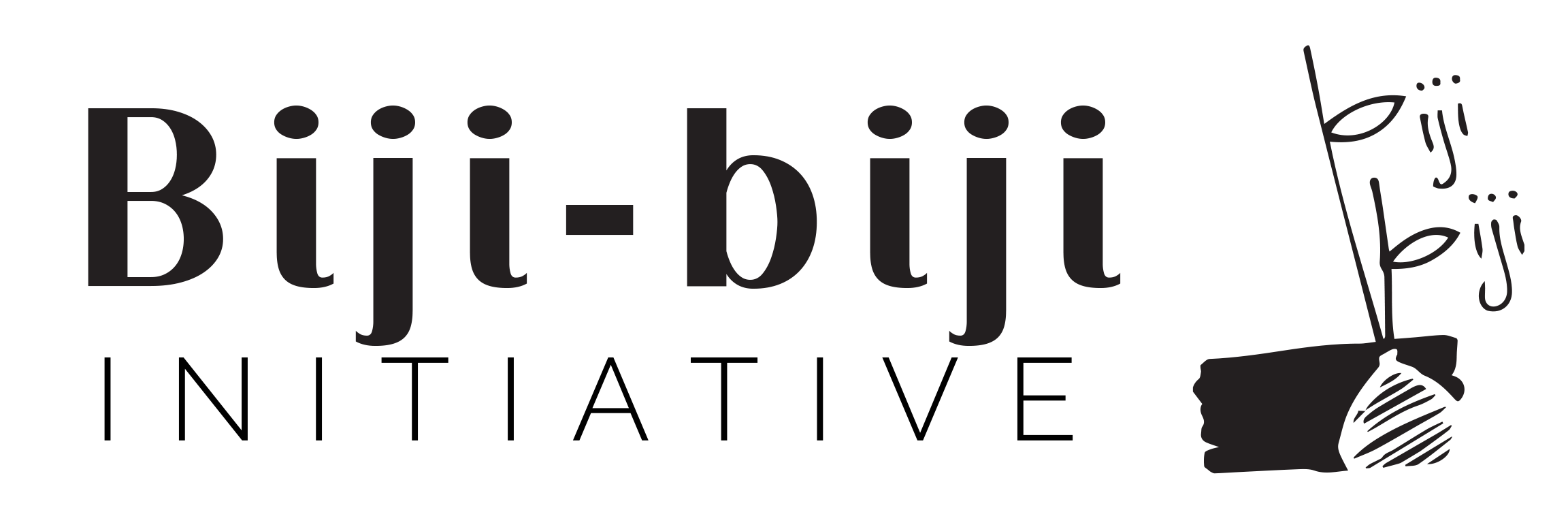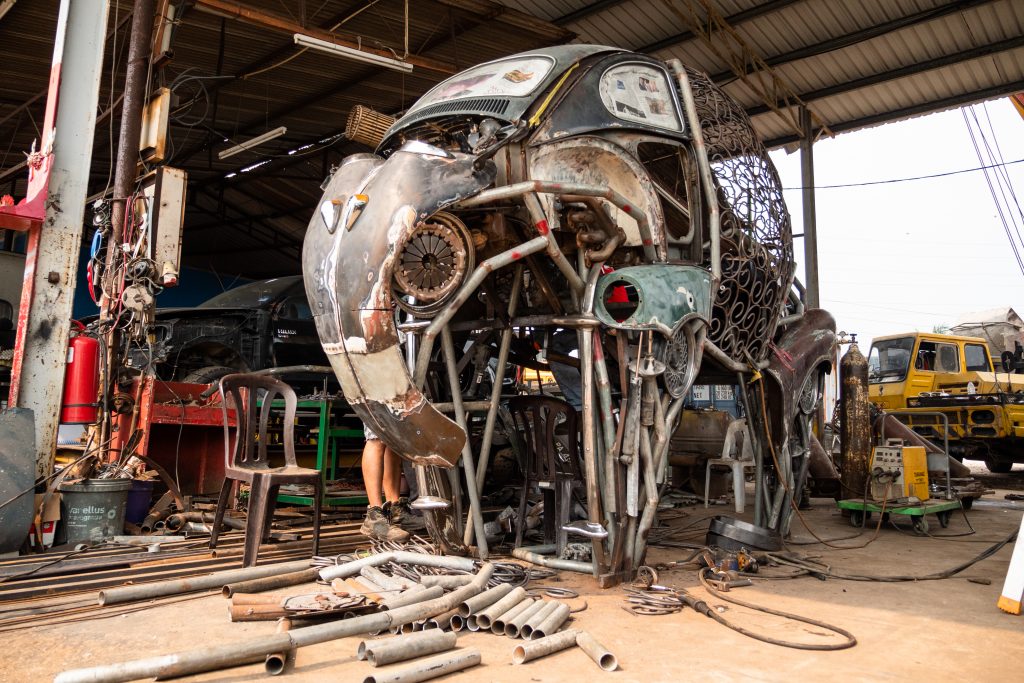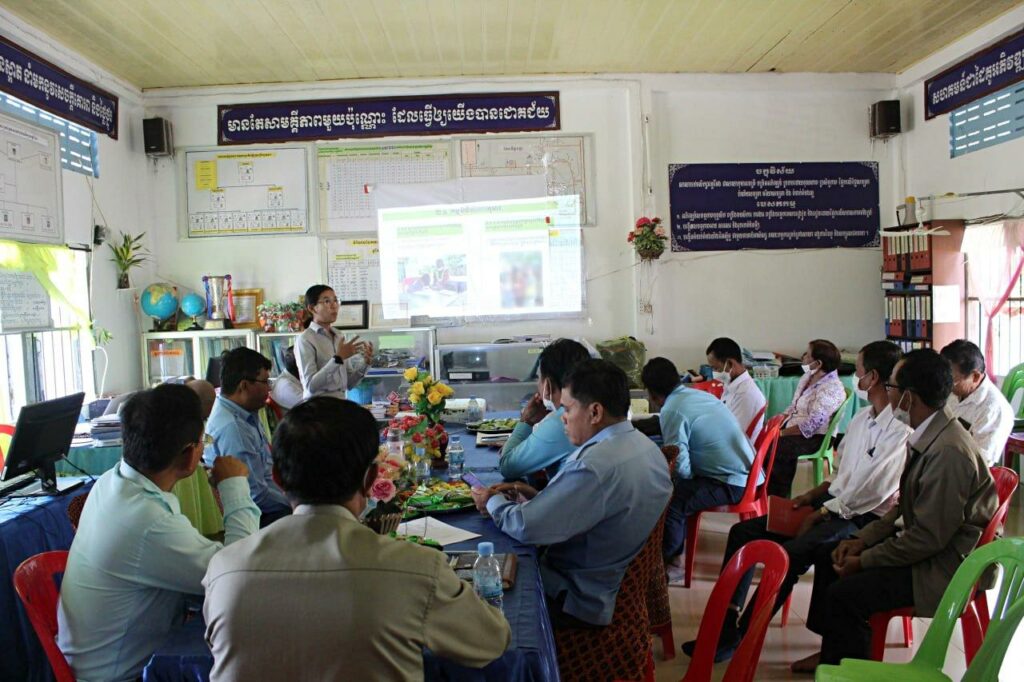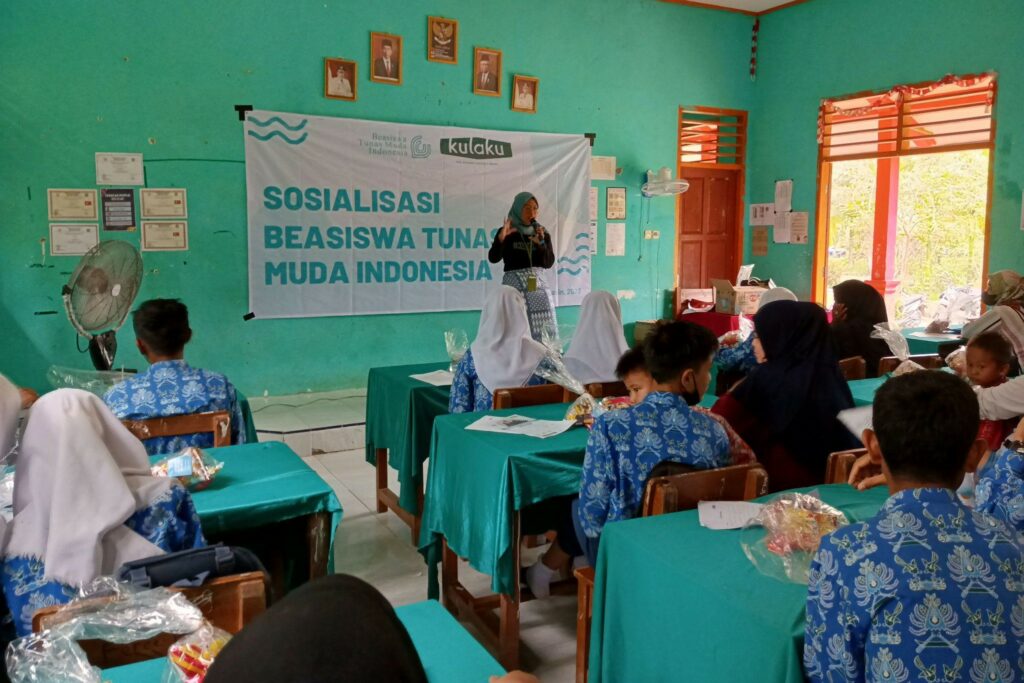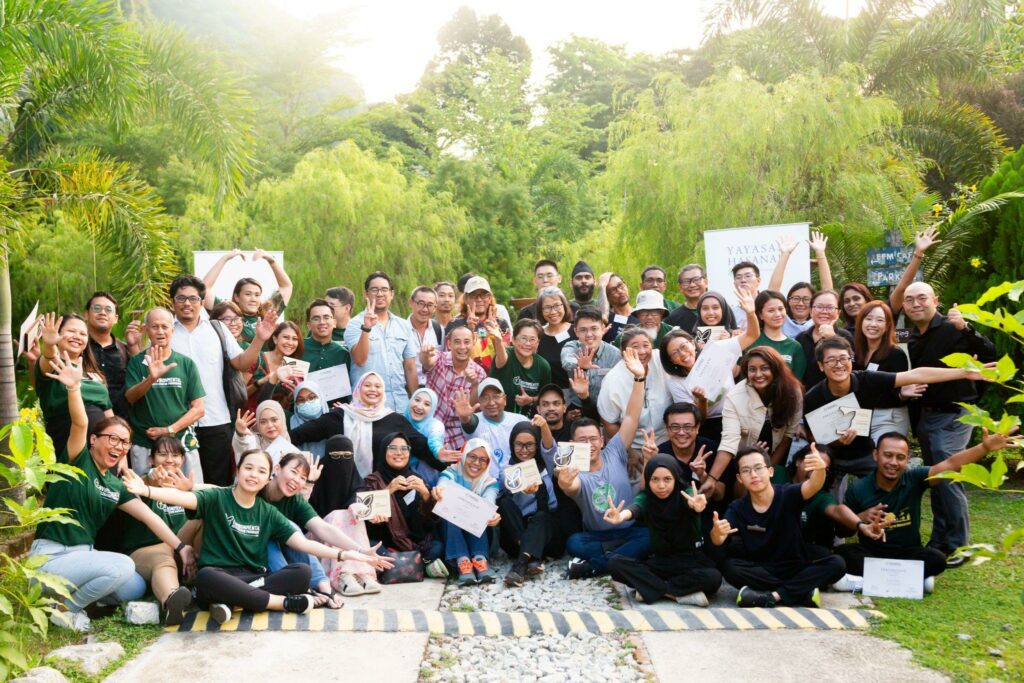On average, the lifespan of an iPhone is about 4 years before it is eventually replaced with a newer model, perpetuating the concept of planned obsolescence and the consequence of amounting e-waste.
The clothes we buy and wear face similar fates after a period of time. Globally, an estimated 92 million tonnes of textiles waste is created each year and the equivalent to a rubbish truck full of clothes ends up in landfill sites every second.
The take-make-dispose model
Today, we collectively emit around 50 billion tonnes of CO2e each year. This is more than 40% higher than emissions in 1990, which were around 35 billion tonnes.
The linear approach which we know best relies heavily on fossil fuels, extracting resources, applying energy and labour to manufacture a product and sell it to an end user, who then discards it at the end of its use or life cycle.
In addressing the problem, a drastic switch and transition to renewable energy and prioritising energy efficiency will address about 55% of emissions. The remainder, as the Ellen MacArthur Foundation mentions, will require tackling 45% of emissions that come from producing cars, clothes, food and other everyday products.
Completing the picture with the circular economy
Fundamentally, we need a shift in the way goods are created to work towards reducing carbon emissions and halting temperature rise.
This is achievable through the three principles of the circular economy – designing out waste and pollution to reduce GHG emissions across the value chain, keeping products and materials in use to retain the embodied energy in products and materials, and regenerating natural systems to sequester carbon in soil and products.
In the narrative of climate action, the circular economy is gaining popularity as one of the imperative ways to attain sustainable development and a greener future. In honor of World Environment Day, we checked in with fellow designers in the team to learn about their thoughts about making design decisions that incorporate aspects of the circular economy.
Conserving materials in ideation and prototyping
“What I do most of the time are simple things that help, like saving the materials for production – I arrange areas for laser-cutting to leave space between objects nearer on plywood or acrylic sheets so that I don’t unnecessarily generate more waste, and, as a bonus, it’s easier to be discarded later on,” explains Winnie Woo, an Industrial Designer at Me.reka.
“In laser-cutting projects that create big cut-outs, I always keep them aside with other cut-offs to use them for other smaller projects or DIY workshops. To me, it’s a lot about strategically planning my materials in projects to reuse them later on.”
In the brainstorming stage of Winnie’s work, she tends to write and draw on scrap paper, frequently on cut-off air waybills, which are usually only printed on the top half of a page.
“In the prototyping stages, I don’t use too many new materials unless absolutely necessary – I stick with discarded plywood sheets, such as those from past events!”
In designing products, Winnie also considers the feasibility of the products built using plywood and material cut-offs, which was also a consideration taken into account when the Biji Biji Ethical Fashion bags were made.
Incorporating waste into art
William Koong, the Creative Director at Biji-biji Initiative and Programme Director at Taylor’s Me.reka Makerspace, explains he begins the process of designing by researching the narrative, which typically emphasizes environmental agendas and staying relevant to the local context.
The process, which draws insights about local issues and icons to highlight, was applied to a waste-to-art metal sculpture project of local conservation symbols in collaboration with UEM Sunrise in 2019. The sculptures are currently installed at Puteri Harbour, Johor.
“As I move deeper into designing the physical form of my work, I incorporate as many waste items as I can as the building material, to strengthen the environmental narrative while promoting waste as a creative, economical resource to fellow creators alike.”
The sculptures, made of car parts and metal waste, are of the Oriental Pied Hornbill, the Malayan Tapir, and the Spotted Yellow Seahorse – some of the endangered species native to Iskandar Puteri’s ecosystem.
For Faris Tiang, a Project Coordinator at Me.reka, incorporating sustainability into designs or products such as sculptures starts from thinking of everyday items or waste, whether it is many of the same pieces in bulk or one random item, such as an old car or a guitar.
“We break things down into smaller parts and components that can be used and assembled into a new product,” Faris explains, adding that sometimes the pieces can also be something that the team happened to stumble upon.
“It’s really the notion of giving something a second life. I like to think that things can serve a better purpose instead of being thrown away, or recycled.”
Faris has worked alongside William in the waste-to-art sculptures installed at Puteri Harbour, Johor, as well as several other large projects Biji-biji Initiative is known for.
“I remember the past for Biji-biji when we had to handle large installations in malls and events, setting up waste management systems, conducting workshops, community projects, and even outrageous ones, like a time tunnel in a jurassic-themed park,” Faris recalls.
“What all those projects had in common was the Biji-biji spirit – which is still alive and kicking today.”
Systems that encourage positive waste management
To instill behavior and create change, Aizat Rafik, a Product Design and Engineering intern at Me.reka, got a chance to design a food-waste related project.
“We had to design a product that was multipurpose, modular, with a system capable of encouraging the user to throw away waste and recycle correctly, while receiving an incentive in return,” says Aizat. “Eventually, I came up with the Soptunna bin.”
For the project, Aizat considered many products, systems and interfaces. For instance, a shredder to shred organic food waste that can turn shredded organic food waste into fertilisers for local community gardens, and a system that issues incentives if users purchase fruits and vegetables grown in the community garden itself.
“From the research during this project, I found out that most people are not well-educated or informed in handling food waste correctly. That is why I created this system to make users better understand the process.” says Aizat.
The circular economy in everyday life
At times, the circular economy is targeted towards businesses, organisations and governmental policies in light of making significant strides toward sustainable changes, though individual involvement is just as important.
“I think getting people involved in the circular economy has to be done through education and raising awareness on how we’re destroying our ecosystem without us realising it,” says Aizat. “This may prompt them to implement it in their daily lives, even if it’s something simple.”
For Faris, the concept and importance of the circular economy has to be seeded at some point in an individual’s life, coupled with positive influence from their peers and the environment to incur habitual and mindset shifts.
“That seed has to be planted somehow, whether it’s through a rude awakening or through fascination and inspiration of someone, or something,” Faris explains.
“Over time, you will develop an eye for noticing the things happening around you, and learn to think in terms of the environment. I mean, we all have to realise at some point that this is the way to move forward for our own, and the environment’s sake.”
What remains true is the notion of the circular economy as a collective goal achieved through steps over time. Without a change in mindset, we risk falling back to square one with a take-make-dispose approach in aspects of our lives.
World Environment Day urges the public to reimagine, recreate and restore in a #GenerationRestoration campaign to revive and protect our ecosystems. The circular economy, with its core principles in conscious designs to consider waste, keeping resources in the loop and most importantly, the regeneration of natural systems will drive us toward a sustainable future where the Sustainable Development Goals (SDGs) thrive.
